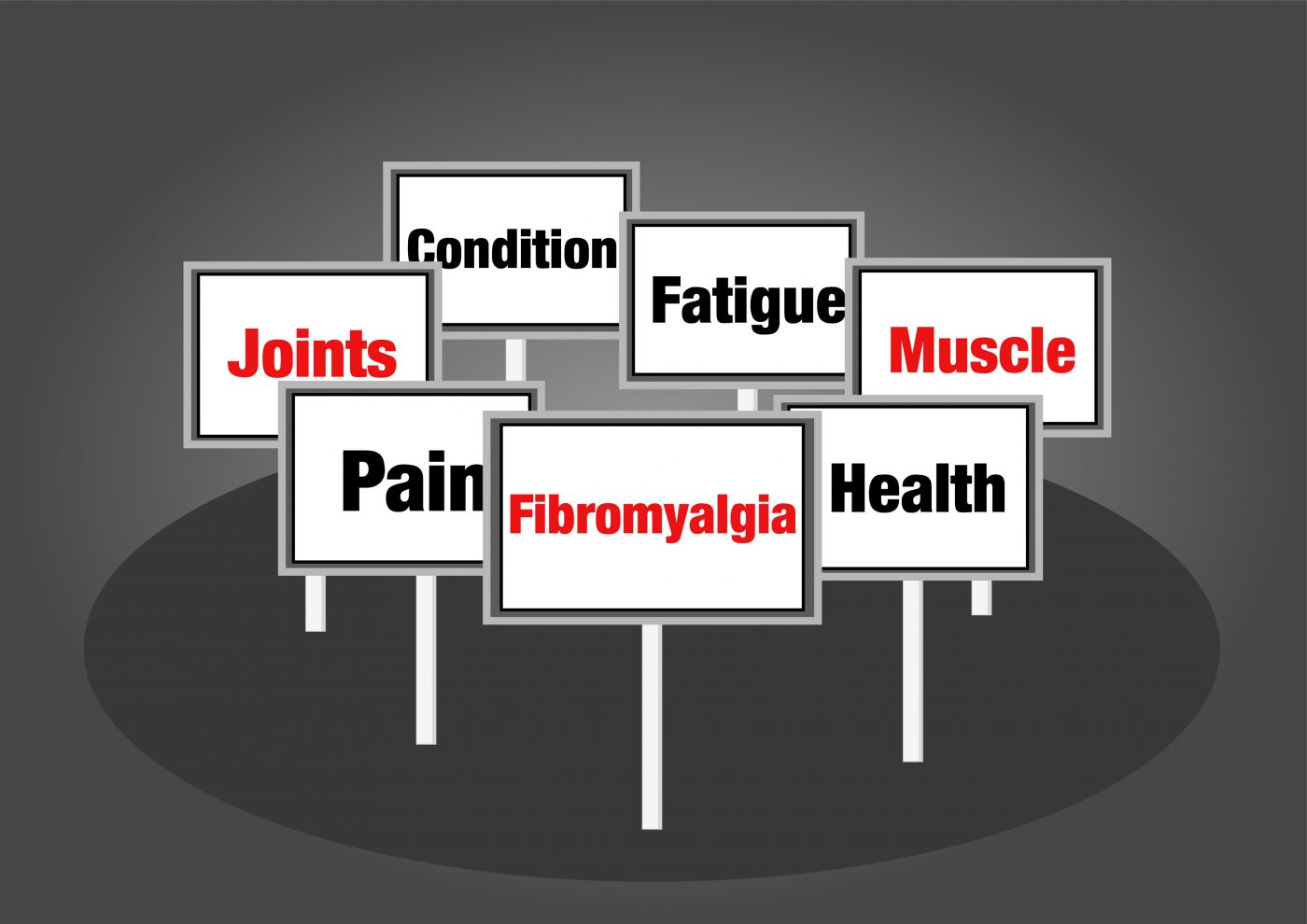 In a recent study titled “Relationship between sympathetic activity and pain intensity in fibromyalgia,” a research team from the Department of Physical Therapy, Federal University of Sao Carlos, Sao Carlos in Brazil in collaboration with the BIOMETRA Department, Humanitas Clinical and Research Centre, Rozzano and the University of Milan in Italy, found that the use of anti-adrenergic drugs may help to reduce the levels of chronic pain in patients with fibromyalgia, by lessening the excessive activity in the sympathetic nervous system. The study is published online in the journal Clinical and Experimental Rheumatology.
In a recent study titled “Relationship between sympathetic activity and pain intensity in fibromyalgia,” a research team from the Department of Physical Therapy, Federal University of Sao Carlos, Sao Carlos in Brazil in collaboration with the BIOMETRA Department, Humanitas Clinical and Research Centre, Rozzano and the University of Milan in Italy, found that the use of anti-adrenergic drugs may help to reduce the levels of chronic pain in patients with fibromyalgia, by lessening the excessive activity in the sympathetic nervous system. The study is published online in the journal Clinical and Experimental Rheumatology.
Key definitions:
- Baroreflex receptors are found in the large blood vessels in the heart. Increasing blood pressure causes the walls of the blood vessels to stretch baroceptors send signals to the nucleus of the solitary tract (NTS) in the brainstem. The NTS then sends a message to the smooth muscles lining the blood vessels telling them to relax, lowering blood pressure.
- MSNA refers to the activity of the small muscles in the walls of the blood vessels that control how large or narrow the blood vessels are. When the blood pressure drops, these muscles tighten up the blood vessels in order to keep driving blood to the tissues. Increased MSNA activity plays a role in the ability to stand without blood pooling in the legs. These muscles are controlled by the baroreflex response.
Fibromyalgia (FM) is a condition that causes chronic musculoskeletal pain, hyperalgesia on specific areas of tenderness and is also known to cause dysfunction in the autonomic nervous system coherent with an over activity in the sympathetic nervous system. It remains unclear if there is an association between the amount of cardiovascular sympathetic activity and the degree of pain. In their study the researchers examined this relationship in patients with fibromyalgia.
About the Study:
A total of 25 patients with fibromyalgia took part in the study and were evaluated with electrocardiogram, finger blood pressure, respiration and post-ganglionic sympathetic discharge activity (muscle sympathetic nerve activity, termed as MSNA).
To assess the autonomic profile, the team of researchers used MSNA and spectral indices of cardiac sympathetic (LFRR) and vagal (HFRR) modulation of sympathetic vasomotor control (LF-SAP) computed by spectrum analysis of RR and systolic arterial pressure (SAP) variability. Cardiac baroreflex function was evaluated by the index α (αLF). Baroreceptor modulation of the sympathetic vasomotor control (sBRS) was assessed by the MSNA/diastolic pressure relationship.
The results revealed that an increase in the heart rate had no influence on the levels of pain, however, a difference between sympathetic and parasympathetic modulation of the heart rate did. The researchers also found that reduced baroreceptor activity was related to an increase in pain levels. An increased MSNA activity was related to increased levels of pain.
Results from the study suggest that in patients with fibromyalgia, the brain and the baroceptors do not regulate the SNS appropriately and that sympathetic nervous system activity is heightened both in the blood vessel and in the heart
Based on the results, the researchers concluded that it is possible to lessen chronic pain intensity in patients with fibromyalgia by reducing the underlying excessive sympathetic activity using anti-adrenergic agents.

